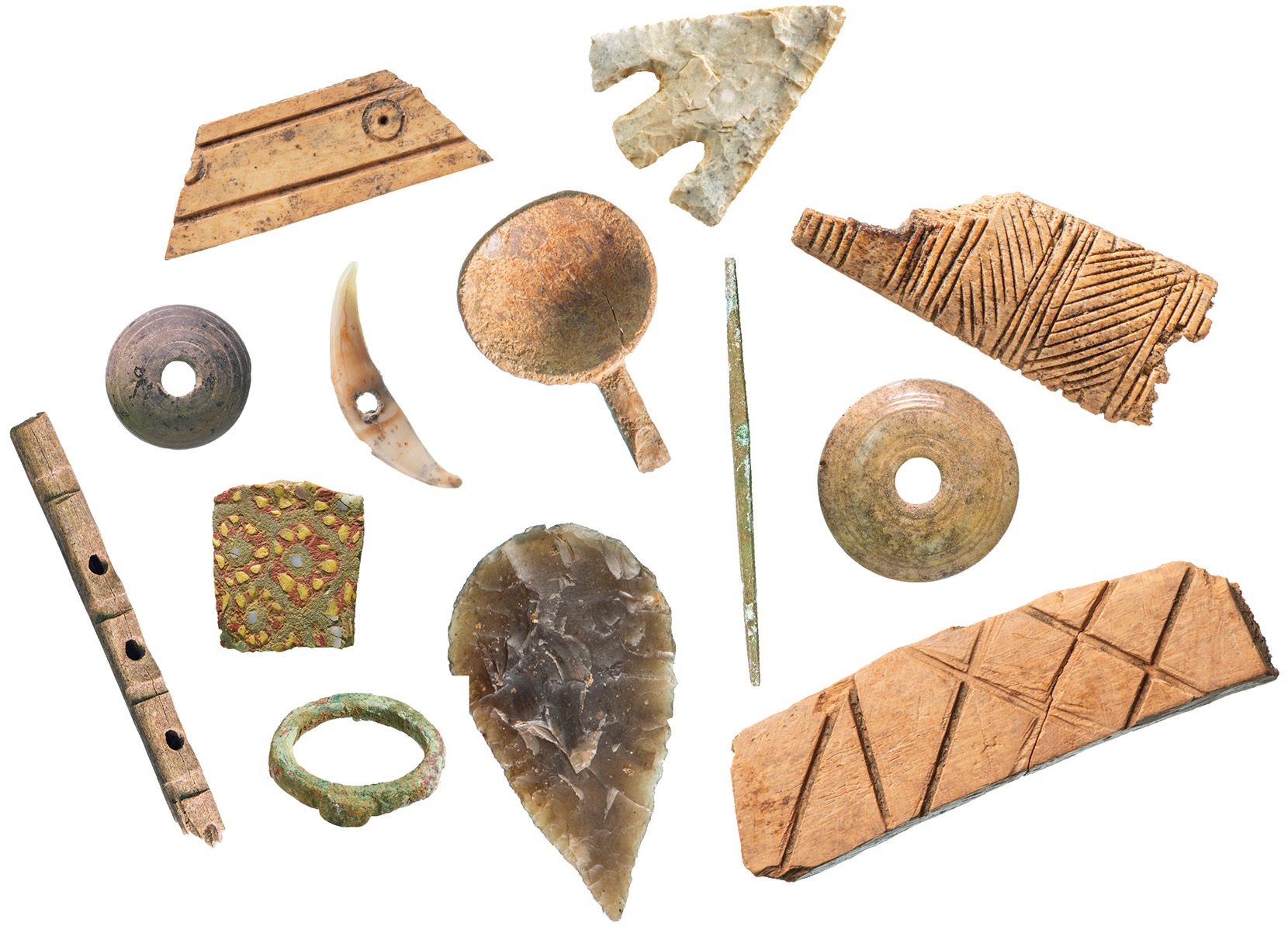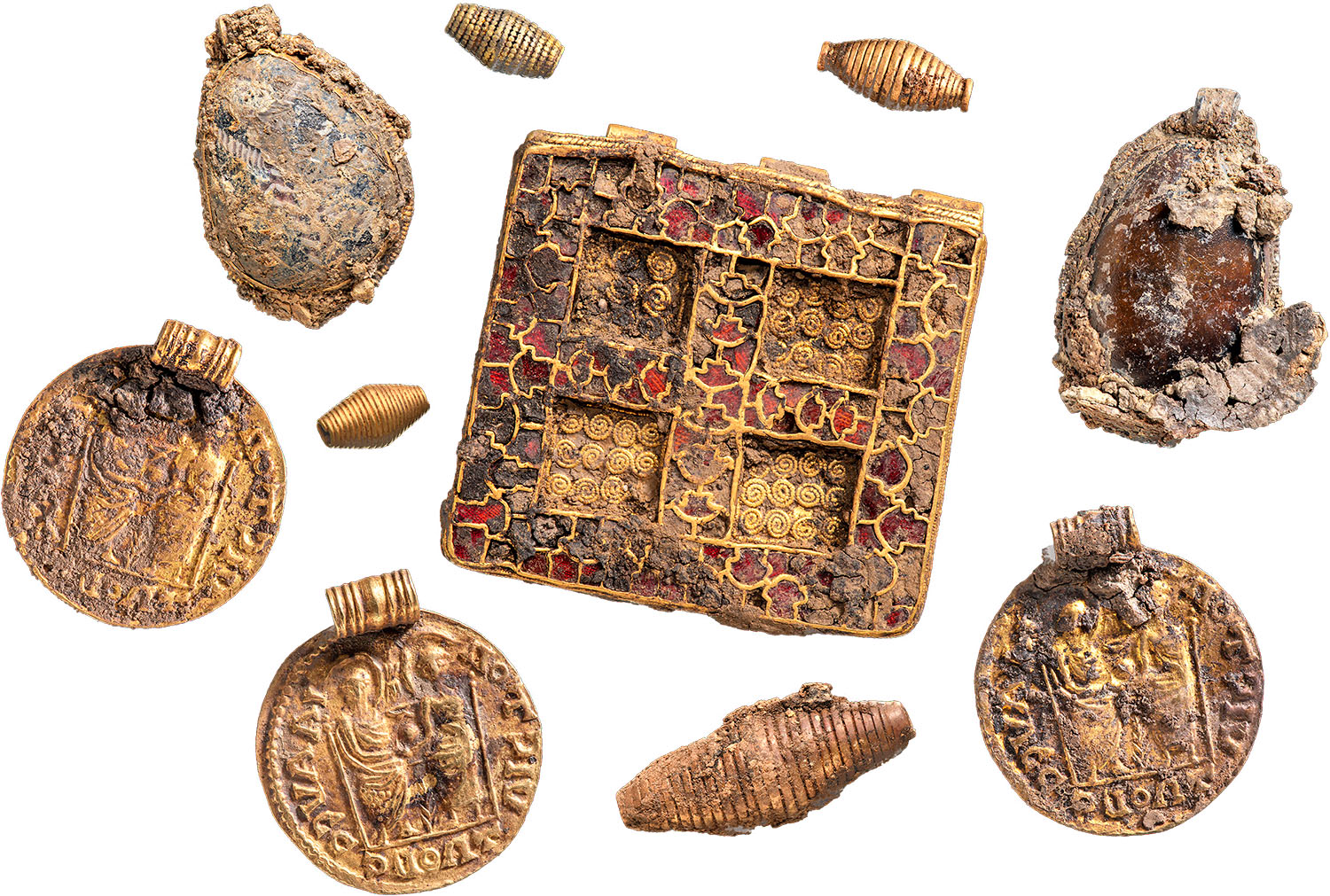Discoveries
Explore our latest projects, research, and analysis...

Services
Find out how we can support your project and sustainable development goals...

Explore our latest projects, research, and analysis...
Find out how we can support your project and sustainable development goals...